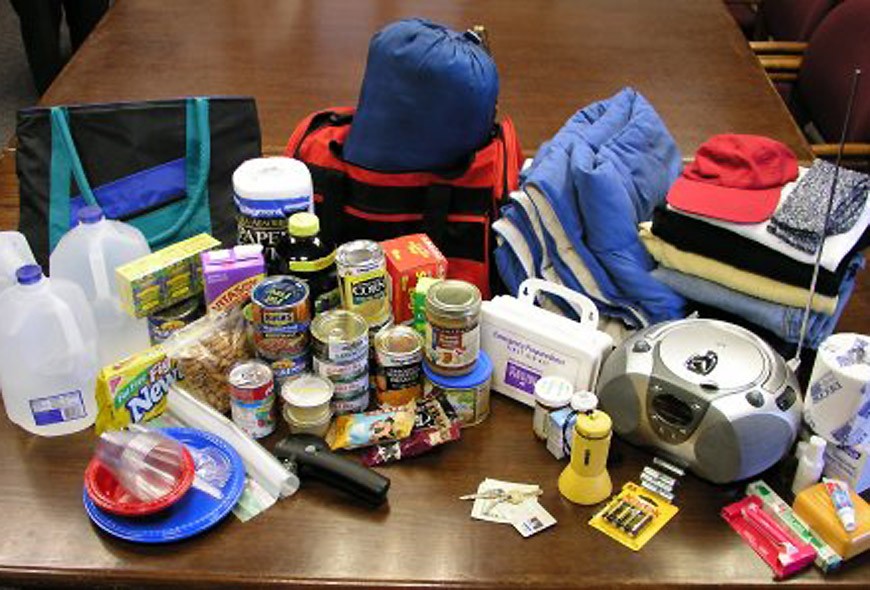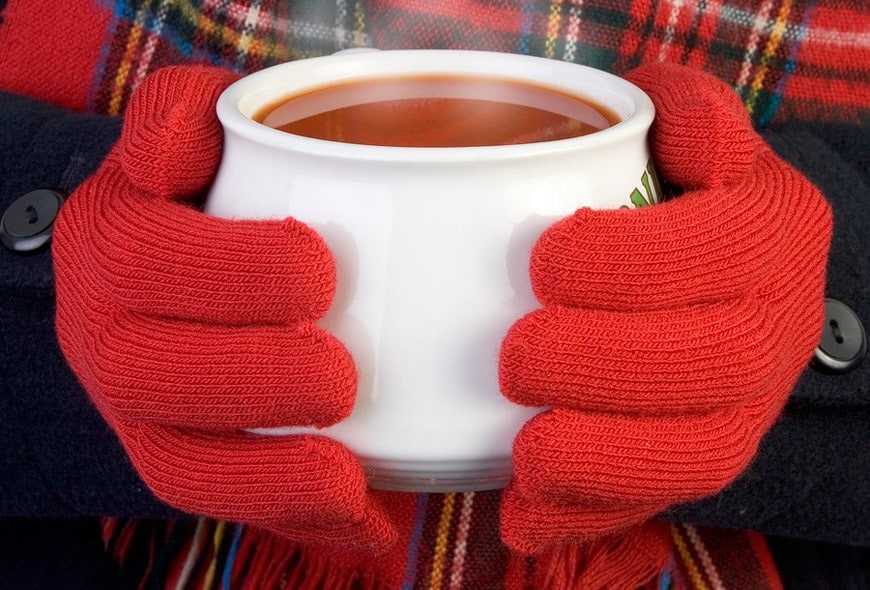If you live in a colder climate, it is not uncommon to wake up in the morning and find that your yard has become a winter wonderland. With last year’s winter vortex, we learned that it always pays to be prepared for snow.
It’s time to bundle up, because winter is around the corner. Here are a few ways to successfully withstand the cold and stay warm this season.
What Items Should I Keep In My Home?
During the wintertime it’s always a good idea to be ready for a possible blizzard. In preparation for a probable storm, there are a few items that should be on your equip home list. These include: a shovel, flashlights, batteries, candles, canned food items, bottled water, blankets, warm clothing, a first aid kit, camping stove or grill, matches, and a cellphone with charger. If you know the snow is coming, stock your home accordingly and you will get through it.
Eating Well During The Winter
When the temperature drops we need things to warm us up. Hot food is usually a good option. Unfortunately we are often tempted to go straight to comfort foods like pizza and mac n’ cheese for our winter meals. But here are some that will keep you healthy.
- Oatmeal– a warm bowl of oatmeal will help get you started in the morning with the added bonus of valuable nutrients and phytochemicals.
- Guava– a tropical fruit that tastes similar to pears and strawberries. It is a good source of daily fiber, calcium, and iron.
- Pomelo– is a citrus fruit that is sweeter than a grapefruit and loaded with antioxidants.
- Watercress– is among the healthiest and most nutritious greens. It is a good source of beta-carotene, vitamin C, and potassium.
- Pomegranates– a good form of vitamin C and can also be used to make a healthy juice. Drinking pomegranate juice can improve blood flow to the heart.
- Dark leafy greens– like kale, chard and collards all grow best in the winter when other vegetables dwindle. They are also excellent sources of folate which is especially helpful for adult-age women.
- Lemons, limes, and oranges– are citrus fruits that are at their juiciest during the winter months. One medium sized orange can provide more than your daily serving of vitamin C.
- Potatoes– a whole food that contain several valuable nutrients such as vitamin C and B6.
- Dark chocolate– in small amounts, can be healthy and also contain antioxidants.
- Greek Yogurt– a type of yogurt that contains more calcium and protein than regular yogurt.
- Shiitake mushrooms– almost completely fat free, and contains lots of helpful vitamins and nutrients such as potassium, selenium, riboflavin, thiamine, folic acid, B6, and zinc.
- Soup– healthy and hearty soups are ideal for winter such as winter minestrone, potato and leek, winter cannellini bean, and vegetable soup with thyme, carrots, garlic, beans, vegetable stock and turnips.
How To Handle The Snow
Once the snow has fallen, how can we deal with it? The following are ways of dealing with freezing precipitation and cold include:
- Ensure that the pipes don’t freeze. Exposed pipes in unheated areas, pipes located in exterior walls and any outdoor plumbing are all at risk. If you don’t have frost-proof spigots get a faucet insulator. Foam pipe insulation is also a solution. And make sure that the home furnace is never set below 55 degrees.
- Be on the look-out for “winter weather advisories.” This is when conditions are expected to be hazardous and cause inconveniences.
- Shoveling snow manually– when you don’t have a plow, remember to stretch first, move the snow the shortest distance possible, don’t move the same snow twice, brush off cars first, keep hydrated, and when possible team up with a friend or family member.
- Properly treat snowy streets and driveways. Regular melting rock-salt can be harmful to animals and children and can damage concrete and asphalt. An alternative substance that can be used to melt ice is calcium magnesium acetate or CMA. It’s a simple ice melt solution that will de-ice sidewalks and driveways without making as big an impact on the environment.
- Protect your home’s exterior. As well as thinking about what’s going on inside your home, think about how to prevent the weather from damaging the outside of your home. This will mean that you stay warm and dry inside too. Take a look at your roof to make sure it’s weatherproof and look for quality siding services to protect the exterior walls of your home too. If it’s snowy and icy during the winter, you need to be sure you’re clearing snow off your roof. If you leave it there, it could cause ice dams, which will damage your roof and guttering.
The snow season can sometimes be daunting and intimidating. But it always helps to be prepared. Knowing and implementing these tips can help you stay one step ahead of the weather.



